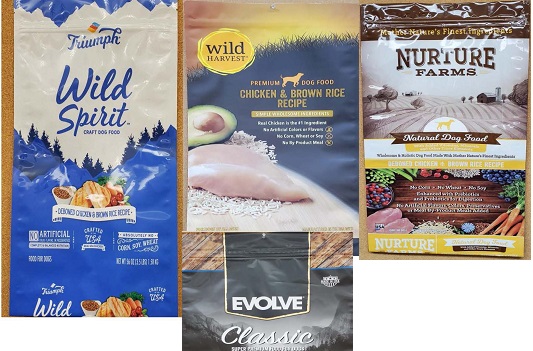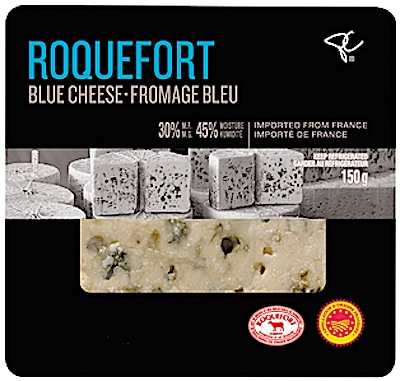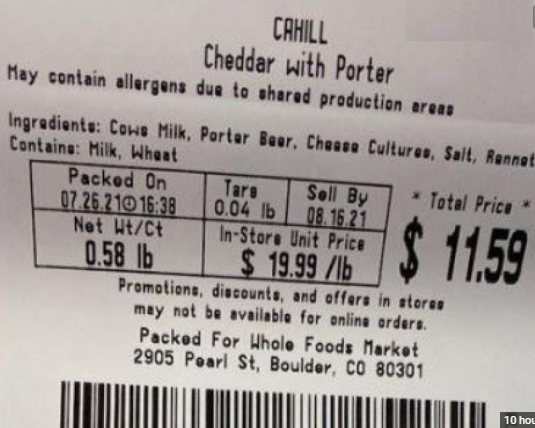The FDA reported that Sunshine Mills, Inc. issued a voluntary recall of certain products due to potentially elevated Aflatoxin levels above the acceptable limit. The recalled products include certain lots of Triumph®, Evolve®, Wild Harvest®, Nurture Farms®, Pure Being®, and Elm. No illnesses have been reported in association with these products to date, and no other Sunshine Mills, Inc. pet food products are affected by this announcement. The affected products were distributed in retail stores nationally. There is concern that consumers may have unused portions of the recalled products in their homes because of their long shelf life. @ https://www.fda.gov/safety/recalls-market-withdrawals-safety-alerts/sunshine-mills-inc-issues-voluntary-recall-certain-products-due-potentially-elevated-levels?utm_medium=email&utm_source=govdelivery
ruth
Sunshine Mills, Inc. is issuing a voluntary recall of certain products due to potentially elevated levels of Aflatoxin above the acceptable limit. Aflatoxin is a naturally occurring by-product from the growth of Aspergillus flavus and can be harmful to pets if consumed in significant quantities. No
ruth
The CDC, FDA, and local authorities investigate the multistate outbreak of E. coli O121 infections from cake mix. Sick people in this outbreak reported tasting or eating raw cake batter made from various cake mixes. A single brand or type of cake mix has not been linked to the illnesses. Of 16 people with information available, seven have been hospitalized. One person has developed a type of kidney failure (HUS), but no deaths have been reported. Most (75%) of sick people are children under the age of 18. All those sick are female, and illness dates range from Feb. 26 to June 21. Of the eight people interviewed, six reported tasting or eating raw batter made with a cake mix. People said they bought different varieties and brands. Illinois, Iowa, Nebraska, and Ohio have two patients, while Indiana, Massachusetts, Michigan, Oregon, South Carolina, Utah, Virginia, and Washington all have one. Whole genome sequencing showed that bacteria from sick people’s samples are closely related genetically. @ https://www.cdc.gov/ecoli/2021/O121-07-21/index.html
Get the most up-to-date outbreak information here.
ruth
The Canadian Food Inspection Agency (CFIA) reports that Loblaws Inc. (Brampton, Ontario) recalls batch/lots of President’s Choice branded Roquefort Blue Cheese from the Canadian marketplace due to suspected Escherichia Coli (“E. Coli”) contamination. The Loblaws President’s Choice branded Roquefort Blue Cheese, sold in 150-gram packages with a batch/lots of 018139, a best-before date of 2021 OC 11. These Roquefort Blue Cheese products have been marketed, distributed, and sold in all Canadian provinces. https://healthycanadians.gc.ca/recall-alert-rappel-avis/inspection/2021/76117r-eng.php
ruth
The FDA reported that Whole Foods Market voluntarily recalls Cahill Cheddar Porter and Whiskey Cheddar Cheeses from 44 stores across 22 states because of the potential contamination of Listeria monocytogenes. No illnesses have been reported to date. The two products, Cheddar with Porter and Whiskey Cheddar, were packaged in clear wrapping and sold in the specialty department with a Whole Foods Market scale label with “packed on” dates from May 17 – July 26, 2021. The products were sold in Alabama, Arkansas, California, Colorado, Florida, Hawaii, Illinois, Indiana, Iowa, Louisiana, Michigan, Mississippi, Missouri, Nebraska, Nevada, New Hampshire, New York, North Carolina, Oklahoma, Texas, Wisconsin, and Wyoming. The contamination was discovered when a distributor notified Whole Foods Market of a positive test result for Listeria monocytogenes. @ https://www.fda.gov/safety/recalls-market-withdrawals-safety-alerts/cahill-cheddar-cheeses-voluntarily-recalled-44-whole-foods-market-stores-due-possible-health-risk
Whole Foods Market is voluntarily recalling Cahill Cheddar Porter and Whiskey Cheddar Cheeses from 44 stores across 22 states because of a potential contamination of Listeria monocytogenes.




